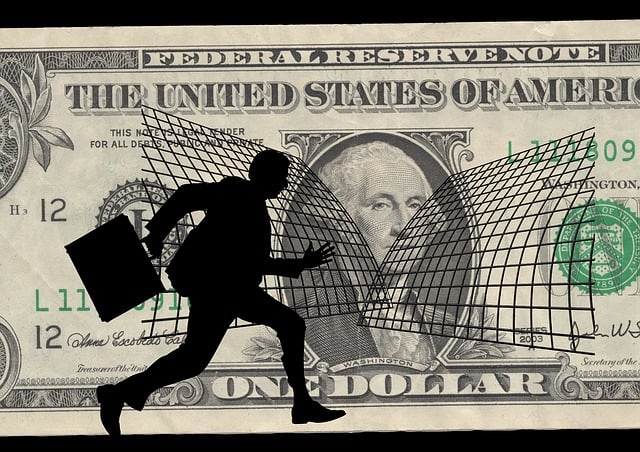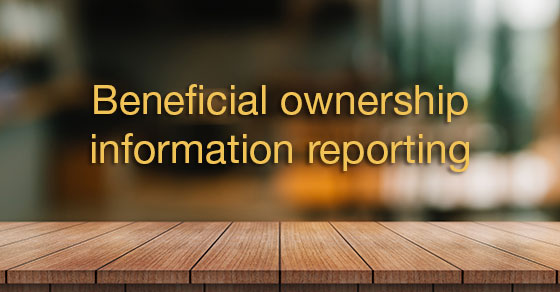Safeguarding Your Crypto Investments with Advanced Security Measures: Best Practices for Protecting Your Digital Assets
The popularity of cryptocurrency continues to soar, making it imperative to secure your digital assets. With increasing instances of hacking, phishing, and other forms of cybercrime, protecting your cryptocurrency has never been more critical. This guide will provide an overview of best practices for securing your cryptocurrency wallet and ensuring the safety of your investments.
1. Understanding Cryptocurrency Wallets
A. Types of Cryptocurrency Wallets
- Hot Wallets: Connected to the internet, hot wallets are convenient but more vulnerable to hacking. Examples include mobile apps, desktop wallets, and web wallets.
- Cold Wallets: Offline storage options, such as hardware wallets or paper wallets, offer enhanced security by being disconnected from the internet.
B. Importance of Choosing the Right Wallet
- Assess Your Needs: The choice between hot and cold wallets depends on your cryptocurrency usage, frequency of transactions, and security requirements.
- Reputable Wallet Providers: Always choose wallets from well-established providers with strong security track records.
2. Securing Your Cryptocurrency Wallet
A. Strong Passwords and Authentication
- Creating Strong Passwords: Use a complex, unique password that includes a mix of letters, numbers, and special characters.
- Two-Factor Authentication (2FA): Enable 2FA to add an extra layer of security by requiring a second form of verification.
- Multi-Signature Wallets: Use multi-signature wallets for high-value holdings or when managing shared accounts.
B. Safeguarding Private Keys
- Understanding Private Keys: A private key is a secret code that allows you to access and manage your cryptocurrency.
- Storing Private Keys Securely: Consider storing your private keys offline using a hardware wallet or a secure physical method like a paper wallet.
- Avoiding Phishing and Scams: Avoid unsolicited messages, emails, or websites asking for your private keys or seed phrases.
3. Regular Wallet Maintenance and Monitoring
A. Keeping Software Updated
- Importance of Updates: Regularly updating your wallet software ensures you have the latest security patches and features.
- Beware of Fake Updates: Only download updates from the official website or app store.
B. Monitoring Wallet Activity
- Regularly Checking Account Balances: Monitor your wallet’s activity to detect any unauthorized or suspicious transactions.
- Auditing Transaction History: Review your transaction history to ensure all transactions are legitimate and accounted for.
4. Preparing for Worst-Case Scenarios
A. Disaster Recovery Plans
- Creating a Recovery Plan: Develop a plan that outlines steps to recover your wallet in case of loss, theft, or hardware failure.
- Backup and Recovery Phrases: Store your recovery phrase in a secure, offline location and never share it with anyone.
B. Insurance and Legal Protections
- Exploring Insurance Options: Consider insuring large or critical holdings to mitigate potential losses.
- Legal Considerations: Be aware of the legal implications of cryptocurrency ownership in your jurisdiction.
Protecting your cryptocurrency wallet requires vigilance, the right tools, and a solid understanding of the security risks involved. By following these best practices—such as using strong passwords, enabling two-factor authentication, safeguarding private keys, and regularly monitoring your wallet—you can significantly reduce the risk of losing your digital assets to cybercrime.
Remember, in the world of cryptocurrency, security is paramount. Stay informed, stay cautious, and take proactive steps to secure your investments.
Our resource directory offers valuable links to assist in managing various financial and legal aspects of a business or individual. Consider utilizing marketplaces like IfindTaxPro, you can post your project and find the right professional for your needs. If You are a professional, looking to find clients, then sign up.








